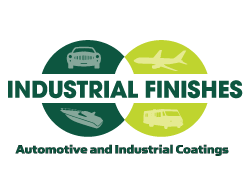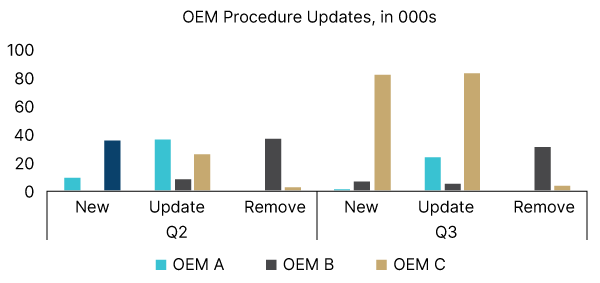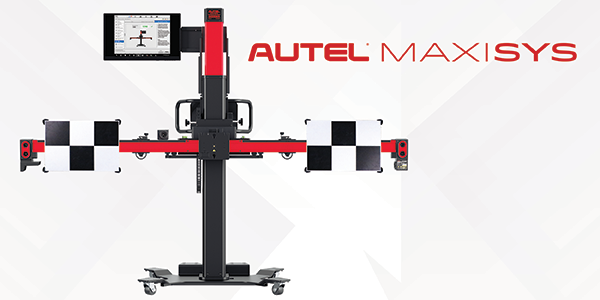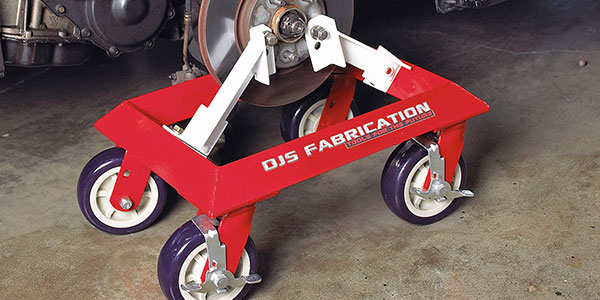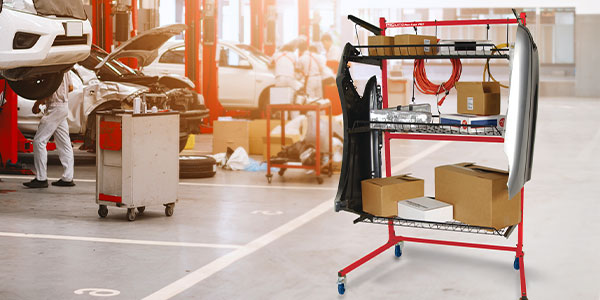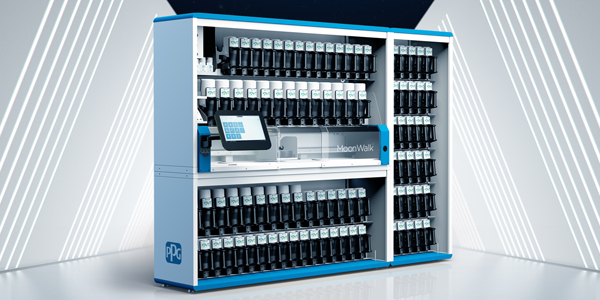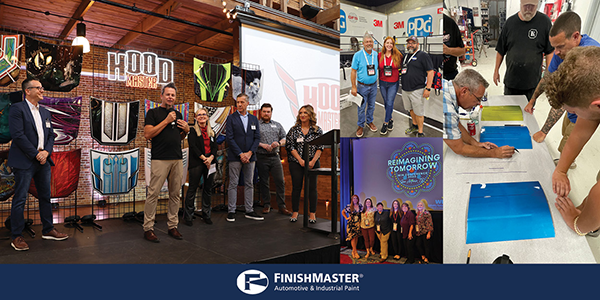The world is never going to be the same as it was before COVID-19. Assess what’s changed temporarily, permanently, and fundamentally across customers, distribution, insurance providers and regulatory agencies. Many state and local laws will be forever impacted by society’s pandemic experience.
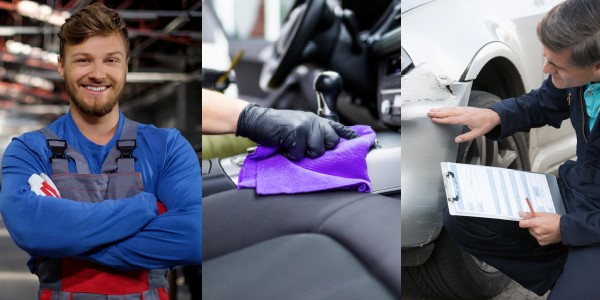
While your exact reopening strategy will depend on state and local regulations, you can use this resource guide as a starting point to help you adjust your shop to the new normal.
1. Stabilize your financial situation.
Begin by taking control of your cash. Careful cash flow management will be critical during this recovery period. Look closely at the things you cut but didn’t miss. Why bring them back? The elimination of unnecessary expenses can have an immediate positive impact on your financial health. Are there other aspects of your shop that you reduced to the bare minimum yet remained successful?
However, you must also be careful when considering keeping cuts in place or cutting further. If a cut diminishes your ability to generate revenue, it might not be something you want to do. Balancing costs, revenue and profitability will be more important than ever before.
Details can add up to dollars. For example, many insurance providers are now paying time and materials associated with disinfecting vehicles. Don’t overlook potential new revenue sources.
The economy might not open as fast for body shops as it will for some other businesses. Shop owners need to be prepared for that and understand that their short-term workflow may look very different than before this crisis hit.
Your customers may have faced lost or limited income during this period of time. They’ll return, but they are likely to be more cost-conscience than ever. Body shops will need to demonstrate the value they bring to the customer, especially concerning discretionary repairs or restorations.
2. Lean on your resources.
Accountants, attorneys, state and local agencies, health professionals, and business partners are available to help. Your body shop enjoys productive relationships with your partners when times are good, and you’re certainly entitled to lean on them when you need them.
Product availability, costs, and lead times are beginning to stabilize, but some uncertainty remains. Body shops need to ensure the supply chain is intact. Some product lead times may remain longer than expected. Your distribution partner should be your trusted resource to help you balance inventory with production as you ramp up to meet returning demand.
Business intelligence, key performance indicators reporting, and sophisticated ordering/inventory systems are all essential as business rebounds and backlogs return.
3. Bring employees back.
Recently idled employees may now be collecting unemployment benefits, and some may be receiving up to an additional $600 per week through July as a part of the federal government’s recent stimulus package. Shops may find that convincing some employees to return to work could be challenging, either because of health concerns or other financial considerations.
Some employees may return and immediately take advantage of the Families First Coronavirus Response Act, which requires some employers to provide paid sick leave or expanded family and medical leave for reasons related to Covid-19. For more information on the expansion of these programs, visit industrialfinishes.com/fmla.pdf.
4. Health and safety are the new normal.
Does your body shop’s cleaning and disinfecting procedures reflect the CDC’s most recently released recommendations? Body shops will need a plan to communicate the details of new health, safety, and cleaning processes that employees need to know.
Customers may also continue to prefer options such as e-estimates and contactless drop-off and deliveries. If your shop implemented systems such as these during the pandemic, you may consider retaining them. Customers’ continued health and safety concerns mean body shops will need a process for disinfecting vehicles upon drop-off and delivery.
Whether required or not, your employees may request greater levels of personal protective equipment. Do you have supplies to meet these increasing requests?
Body shops may have difficulty following CDC recommendations regarding installation of physical barriers, changing layouts to put at least six feet of distance between workstations, closing communal spaces, and staggering shifts and breaks. Despite the unique nature of the body shop environment, employees and customers will have expectations regarding physical distance and barriers. Shops will need a plan to communicate the steps taken in order to foster employee and customer confidence.
5. Be ready to adapt to unexpected challenges.
Expect the unexpected. In fact, that may be the only thing shops can count on as business returns. No matter how prepared you are, you may find that ramping up your shop could bring challenges you didn’t expect. You may need to change directions quickly and act swiftly and decisively.
If something goes wrong, quickly acknowledge the situation and let employees and customers know how you’re making it right. Communicate evolving changes in a timely, transparent manner. Let people know what’s happening and why.
It’s possible for your shop to experience a positive case of COVID-19 after you reopen. As the country returns to work, it’s prudent to remember the steps you took during the initial period of statewide stay-at-home orders. It’s possible that you may need to revisit them. Body shops need to plan for contingencies, one of which might be a recurrence of COVID-19 cases.
CONCLUSION:
Everyone’s world has been reset. Customers are reevaluating their choices. Independent, family-owned businesses will grow in popularity. Customers will remember their neighbors who struggled during stay-at-home orders and may shy away from businesses whose profits are diverted to far away corporate offices.
Normalcy is not going to return overnight. In fact, “normal” for body shops moving forward may look very different from what it looked like pre-pandemic. Your numbers might not bounce back right away, so shops will have to manage through continued uncertainty even as other business sectors seem to return to normal more quickly.
The material in this communication is for information purposes only. For specific advice please consult with your accounting or legal professionals.
This article was sponsored by Industrial Finishes & Systems, Inc. For more information, please visit: www.industrialfinishes.com/road-to-recovery.pdf

